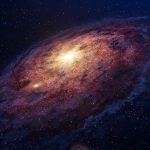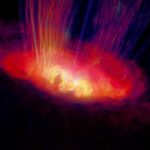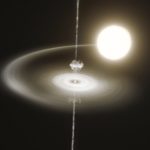Hungry mini black hole takes ‘bites’ from sun-like star every 25 days!
Scientists at the University of Leicester have made a jaw-dropping discovery in a galaxy about 500 million light-years away from our own Milky Way.
They...
Scientists unlock cosmic secrets in twin stars
For four decades, Astronomy Professor John Thorstensen has been captivated by the phenomena of cataclysmic variable stars (CVs)—binary star systems comprising a living star...
Have we really found the first samples from beyond the Solar System? The evidence...
Avi Loeb, an astrophysicist at Harvard University in the US, has published a press release claiming that some of the 700 or so spherical metallic fragments...
New game-changing space telescope could help detect alien life
In early August, experts from various fields gathered at Caltech University to brainstorm about a game-changing space telescope called the Habitable Worlds Observatory (HWO).
This...
A new telescope could detect decaying dark matter in the early universe
Hydrogen is the most abundant element in the Universe. By far. More than 90% of the atoms in the Universe are hydrogen.
Ten times the...
This new telescope could detect decaying dark matter in the early universe
Hydrogen is the most abundant element in the Universe. By far. More than 90% of the atoms in the Universe are hydrogen.
Ten times the...
Astronomers discover a galactic fossil bigger than we ever imagined
Guess what? Scientists have found a massive "bubble" in space that's 820 million light-years away from Earth!
This incredible discovery could help us understand how...
Some galaxies contain double supermassive black holes
Blazars occupy an intriguing spot in the cosmic zoo.
They’re bright active galactic nuclei (AGN) that blast out cosmic rays, are bright in radio emission,...
Young stars similar to our early sun may emit dangerous gamma rays
Do you know that our universe is full of mysterious rays of light that we can't easily see from Earth?
Scientists have just made a...
A bizarre pulsar switches between two brightness modes. Astronomers finally figured out why.
Pulsars are the lighthouses of the universe.
These rotating dead stars shoot twin jets of radiation from their poles, usually with a predictable rhythm. But...










